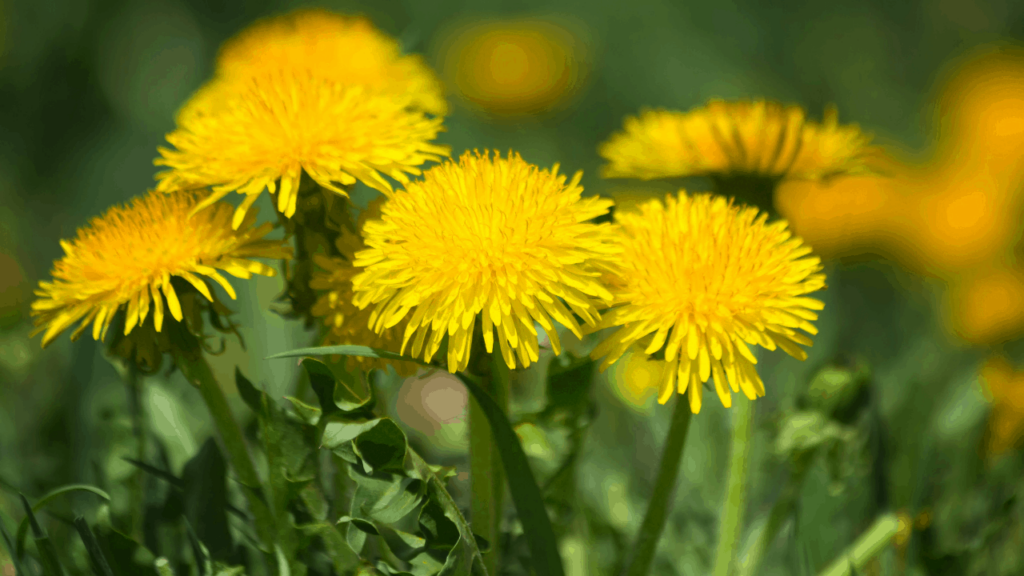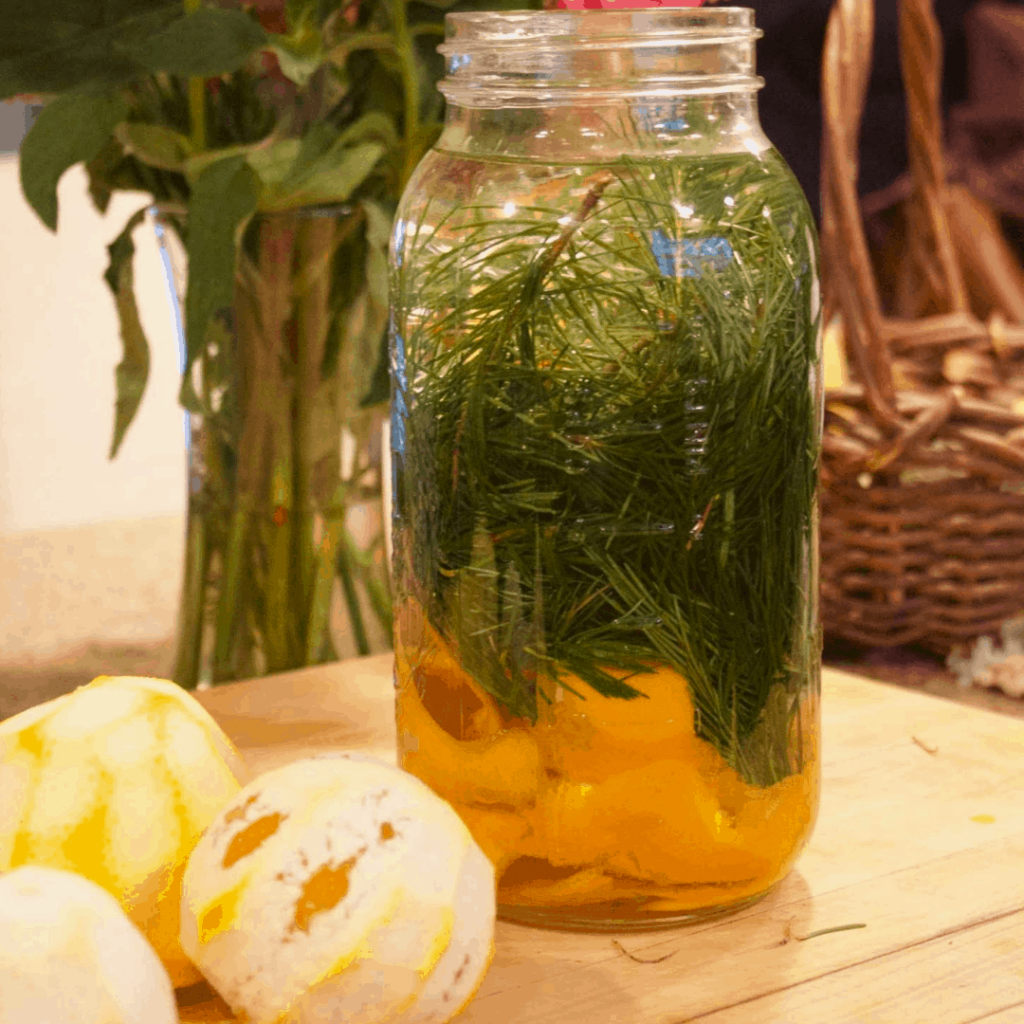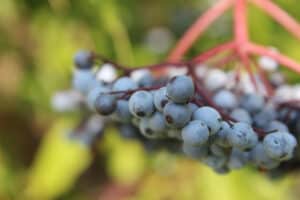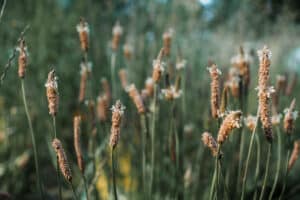Table of Contents
Bitter herbs have been gaining a lot of popularity over the years within herbalism, and they’re sometimes seen as a magical cure, especially for the digestive system. Some people say that everyone should be on bitters because they’re so amazing for digestion. Many people these days have a lot of issues with the digestive system, primarily because our GIs are under assault from antibiotics and all of the food dynamics that we see in our modern world now. But sometimes we can overlook some important aspects of bitters and how in some situations they can actually be very contraindicated for some people.
So let’s look at the appropriate and inappropriate use of bitter herbs and take a look at a few things that you need to aware of for how you can use these important remedies effectively, efficiently, and in an appropriate way so that they heal and do not harm.
What is a Bitter?
When we say “bitters,” we’re referring to a couple of things. One, is that it’s a taste. Anything that tastes bitter is classified as a “bitter”. But the term “bitters” is also used to denote a specific herbal action, meaning a specific cascade of physiological responses that occur in the body in the presence of these types of plants. Herbs that taste bitter tend to have the bitter tonic action.
When the bitter receptors on your tongue are triggered, a cascade of things occur in the body. The primary one is their effect on the digestive system. When the bitter receptor is triggered, we see an overall stimulation of the digestive system, specifically in terms of secretions, including hydrochloric acid and enzymes in the stomach, enzyme secretions in the intestines, mucosal secretions in the intestines, and pancreatic enzymes secretions. The liver begins producing more bile, which is commonly referred to as a choleretic action. The gallbladder at the same time is secreting more bile into the small intestine, which is typically referred to as a cholagogue action. Usually anything that’s bitter in taste will have a degree of a choleretic and a cholagogue action. Usually the more bitter, the more significant the cholagogue and choleretic action will be.
Through these actions, the entire digestive system is being prepped to receive food. This is why bitters have been used traditionally as an aperitif or digestif – which we see especially in European countries. In the last few years they’ve been gaining a lot more popularity in the general public as a means for supporting digestion, but also used in making cocktails. This is also the premise of the side salad. When you eat out, you get a starter salad before the main meal comes. It’s usually spinach, romaine or iceberg lettuce, or something like that. Well, many years ago, these were wild greens, bitter greens, greens that were a lot stronger flavour. Greens that have more of a bitter taste are things like arugula, mustard greens, or a lot of these other dark leafy greens. The premise was that people ate a small bitter salad before the main meal in order to prep their digestion. 
Energetics of Bitters
Bitters are amazing to support the digestive system. They are very commonly used for all manner of digestive issues—gas, bloating, constipation, and other types of general GI upset. This is all great, but one thing that is commonly overlooked is the energetic side of what bitters do. For the most part, bitter plants have an overall energetic quality of being quite cooling in temperature. That’s why when you take something that’s bitter, you often get a chill or a shiver down your spine. People who take bitters consistently over a long period of time often will feel cooled down. Sometimes that’s a good thing for someone who tends to be a little hot, but for people who constitutionally are already cold, that may not be the best remedy for them.
Bitters also tend to have a net constitutional drying effect over a long period of time, as well as what we might refer to as a downward energetic motion, meaning bitters tend to drain things down and out. They have a downward movement of energetics, which is why they’re used to relieve things like constipation and helping with bowel movements. Many bitters also have an emmenagogue action and stimulate menses, also draining fluids down and out. This is why many bitters can also be great for things like arthritic pain or joint pain, specifically when the joints are puffy and swollen and inflamed. It can drain the fluids out of a joint. Often bitters will drain congestion out of the upper respiratory system. Bitters drain fluids out of tissues and often out of the body.

Common Misconceptions About Bitters
This is where the confusion can sometimes happen, because people think, “Oh, I take a bitter. And all of a sudden my whole digestive system is secreting. Isn’t that moistening the area?” The answer is yes, in the short term. An important consideration in the study of how medicinal plants work is the polarity of the short-term effect on a local tissue versus the long-term effect on the constitution as a whole. For example, with a bitter, you can sometimes see conflicting information in herbal resources. You go to one author and it says it’s drying, and you go to another author and it says it’s good for dryness. You think, “What? How is that possible? How can a drying plant be good for dryness?” Well, it’s possible that those two different herbalists are looking at the difference between a short-term local effect and a long-term constitutional effect. With a bitter short-term local effect, it’s definitely moistening. You take Oregon Grape root and your whole digestive system starts secreting, but those secretions are ultimately leaving the body, and fluids leaving the body will end up leading to a drying effect.
This is why it’s important to exercise caution in the use of bitter plants, especially for the digestive system. You have to be careful if the tissue state is seemingly dry. If there’s dryness in the intestinal tract, I always encourage people to work with demulcent plants, things like Althaea officinalis, Ulmus rubra, Glycyrrhiza glabra, or other moistening demulcent plants that will help to restore the optimal moisture balance of the mucosal membrane. In the long run, the bitters are going to aggravate that dryness, so be careful when using bitters when there’s a lot of dryness. But if there’s dampness, that’s specifically when we want to use bitters. If there’s dampness, especially coupled with heat, that’s a very ideal situation for the use of bitters.
To give a well-rounded digestive formula, you’ll often see bitters combined with carminative plants. These tend to be warming, aromatic, plants that are rich in essential oil and that generally tastes pretty good, such as Peppermint, Fennel and Angelica. These are plants that generally will be warming to the system and balance the cooling property of a bitter. You can also add demulcents like Marshmallow root to that formula. There you have a pretty nice, relatively balanced digestive formula: the bitters are cooling and drying, the carminatives are warming and drying, and the demulcents are moistening. That’s where you can compound formulas to balance any energetics of an herb that you want to give that may not be compatible with a person.
So this is important for us to know as herbalists, because the bitters are sometimes promoted or marketed or seen as this magic cure-all that everyone should be taking. But it’s not true. Excessive use of bitters can actually cause cold damage to the digestive system. You need to be careful when using them and make sure that you’re assessing the local state of the tissues in the GI and the constitution of the person as a whole. You also need to check in with them as they’re working with the formula and see how it’s affecting them. In your follow-ups ask if they’re starting to feel dry—dry eyes, dry mouth, dry skin, constipation—and if they feel colder than usual or if their hands and feet are getting cold, to get a feel for how the bitters are affecting their system.
Are Bitters Water Soluble?
Most bitter compounds are soluble in both water and alcohol. From a plant chemistry perspective, there are three major categories of constituents that tend to have a bitter taste: iridoid glycosides, alkaloids, and sesquiterpene lactones. These compounds, while definitely being water soluble, are also well extracted in a mid-range-percentage alcohol. This is why a lot of bitter plants, depending on whether the herb is dry or fresh, respond quite well to anywhere between 40 percent to 60 percent alcohol, which will usually get you a nice bitter extract. These plants include Goldenseal, Oregon grape, Dandelion root, Gentian, Greater celandine, Blessed thistle, and Turmeric—there are lots of bitter plants out there!

A Holistic View of Bitters
So this is a short summary of the effects of bitters on the local gastrointestinal tract, as well as a way they influence the constitution as a whole. It’s also worth mentioning that bitters don’t just affect the digestive system. Bitter plants often will have an alterative action and help to cleanse the blood, the liver, the skin, sometimes the lymphatic system, and often will have other effects on the nervous system. There are bitter receptors all over the body, in the nervous system, in the heart and in the vasculature – it’s actually pretty incredible the cascade of events that can happen through ingesting a bitter herb.
Things like Blue Vervain, Motherwort, Skullcap, or Hops all effect different tissues within our system. These are very bitter plants, and often they’re more closely categorized in the nervine category than they aren’t necessarily in the digestive category. But obviously they’re bitter, so they will have an effect on the GI. And motherwort is strongly oriented toward the heart and toward the cardiovascular system, along with the nervous system, but again very bitter and will stimulate our digestive functions.
It’s an important consideration that we don’t just tunnel in and think of bitters in this myopic way, because they’re actually having a much broader systemic influence on the whole organism outside of just the local sphere of the GI. And I think it’s important to understand this so that these plants can be used appropriately and effectively.







